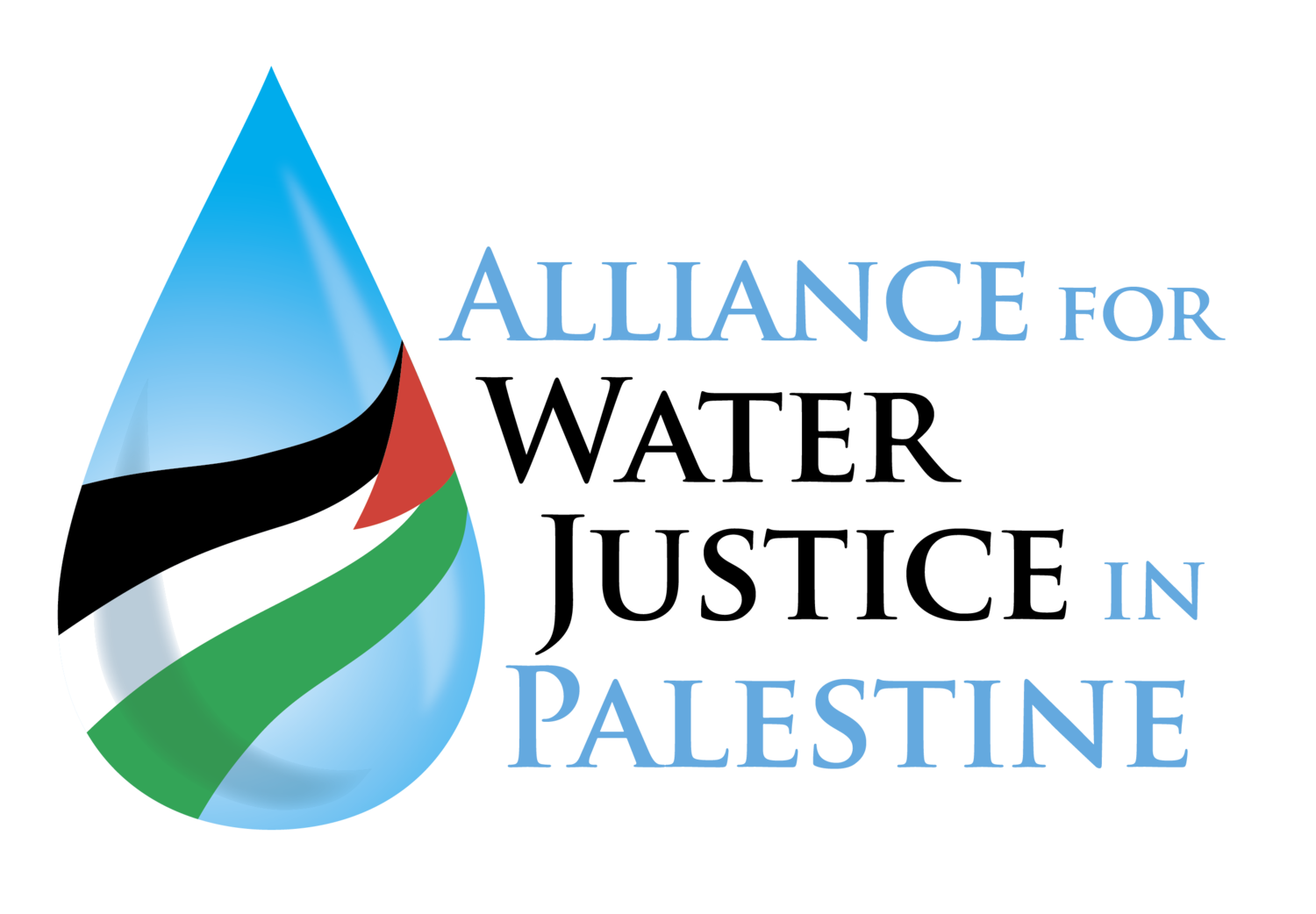Water Fact – December 4, 2023
The slaughter intensifies with end of week-long ‘humanitarian pause’
So now we know what a ‘humanitarian pause’ looks like: give a traumatized people a sliver of hope, prevent them from returning to the north of the Gaza Strip to see what is left of their homes and retrieve the remains of loved ones, force them to spend their bomb-free days in long lines in search of something to eat and drink, and then resume killing them “at a historic pace” with “few precedents in this century,” in the words of The New York Times.
Israel’s use of US-made 2,000 bombs is one reason for the unprecedented scale of the civilian slaughter. Another reason is described in an important investigative piece in +972 Magazine: Israel’s use of an AI-constructed system called ‘Habsora’ (‘The Gospel’) that is the basis of a “mass assassination factory” aimed in part at striking “power targets” including residential towers, hospitals, public buildings such as universitiesand landmarks of cultural heritage, and wiping out entire neighborhoods with the aspirational aim of inducing the civilian population to pressure Hamas to stop its attacks on Israel.
With the resumption of the bombing on Dec. 1, nearly 200 Palestinians were killed in the first two days and more than 700 slaughtered during the following 24-hour period when an entire residential block in Khan Younis was smashed – you can view the missile strikes here. At least 6,150 children are among the more than 15,200 who have perished since October 7.
Among the dead are five premature babies in al-Nasr Pediatric Hospital. Their starved, decomposed bodies were found 17 days after soldiers raided the hospital and left them to die. The number of wounded Palestinians is estimated at nearly 41,000, overwhelming the badly damaged health care sector. Little care can be given the 180 pregnant women estimated to be giving birth on a daily basis. Hospitals continue to be attacked, with a missile hitting an ambulance evacuating wounded people near Al-Shifa hospital on December 1.
Behind the numbers are heart-wrenching stories. Israeli journalist Amira Hass writes of “children wandering alone,” after their parents have been killed or injured or are missing. “It is known that some children don’t eat even when there is food, and others who are suffering from dehydration because they refuse to drink, even when water is available. Still, one aid organization representative said, ‘Don’t underestimate any bottle of clean water than comes in because it literally could save a human life.’”
But even during the ‘pause’, those bottles of clean water have been in lamentably short supply. About 200 aid trucks per day entered the Strip during that week – which is less than half the number entering daily before the war. According to OCHA, “despite the pause, there was almost no improvement in the access of residents in the north to water for drinking and domestic purposes, as most of the main water production facilities remained shut, due to the lack of fuel and some also due to damage.”
In the south, UNRWA provided water from eight water wells it operates to some of the 1.1 million displaced people (out of a total of 1.8 million displaced) who inhabit its tightly packed shelters, and its partners trucked in 316 cubic meters of water (1 cubic meter is 264 gallons). But “access is a particular challenge as water networks are fractured, production points are reduced, power for pumping and distribution restricted and storage and outlets minimized.”
The ’pause’ did little to alleviate hunger as Gaza’s harvest and agricultural land have been destroyed and what was permitted to enter the Strip “is not enough to meet people’s needs and avert the risk of starvation,” according to the World Food Program. And deadly epidemics are a time bomb, given severe overcrowding in the shelters and the complete breakdown of the sanitation system leading to streets flooded with sewage in the winter rains. On November 29, the UN-declared International Day of Solidarity with the Palestinian People, the Director-General of WHO reported 111,000 cases of acute respiratory infection and 36,000 cases of diarrhea among children below five in displaced person shelters.
On December 1 as the bombing resumed the truck convoys stopped. Some trucks were permitted to enter in following days, but the amount of fuel permitted to enter was slashed by half.
As its bombing began again Israel uploaded a map of the Gaza Strip covered with 620 numbered patches of land to which residents are being ordered to move “to protect their safety.” Exactly how an exhausted people without access to the Internet and electricity are expected to “keep following the map carefully” was not made clear.
The map – likely created in synch with the ‘Habsora’ AI-generated assassination system - seems designed not to save civilian lives, but to assure Secretary of State Blinken that Israel is carrying out only the ‘surgical strikes’ he requested during his November 30th visit to Israel and to refute charges of genocidal ‘intent’ if a day of reckoning ever comes.
Massachusetts residents please call the offices of Senators Warren (202) 224-4543, Markey (202) 224-2742 and the White House (202) 456 1111 and urge them to demand an immediate permanent ceasefire! Let them know that according to a recent Gallup poll 63% of Democrats disapprove of Israel’s military action.

